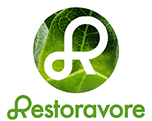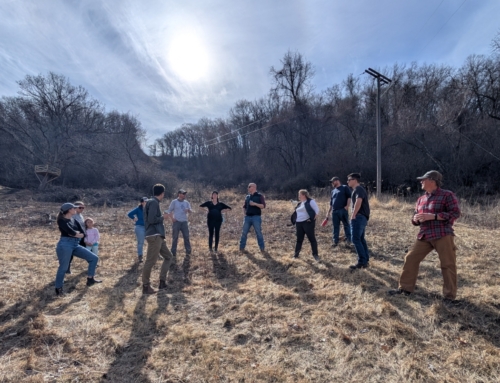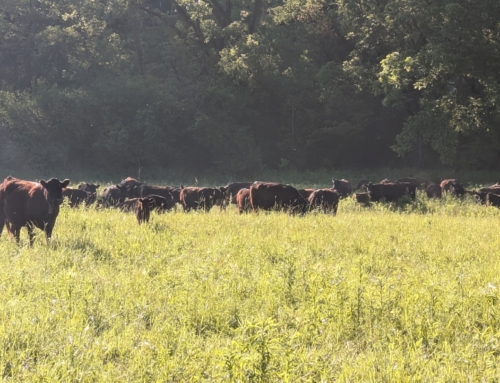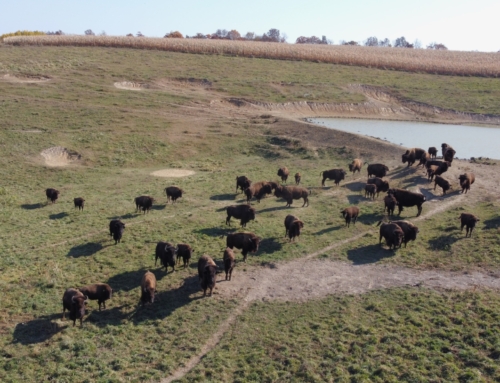I often see well-intentioned landowners struggling to ’get ahead’ in the management of their private lands. They often seem to find themselves locked in a battle with vegetation that feels hopeless.
The unfortunate truth, in my experience, is that some of their efforts are, indeed, doomed to fail.
In this series I am going to begin to lay out a basic framework for ecological restoration and land management within Southeast Minnesota. Much of the info that I provide may also apply well within other regions and ecosystems, but I am going to specifically focus on Restoravore’s direct area of influence.
Function
I tend to evaluate ecosystems based on their functionality. For the time being I’m going to use that term as it relates to the ability of an ecosystem to perform services like water purification, erosion control, solar energy conversion, carbon sequestration, nutrient cycling, toxin dispersal, soil building, habitat and biodiversity provisioning. A healthy system is one that provides those services and maintains some degree of stability in spite of environmental pressures. Resilience is the term used to describe the ability of a system to return to its functional status-quo. The use of the term ‘services’ can be understood as being very human-focused, but the truth is- most participants in the ecosystem (plants, mammals, insects, birds, etc.) are all also dependent, to some degree, on those same services.
Resilience
With that understanding in place, it logically follows that ecosystems can also be pushed beyond their ability (their resilience) to return to that high-functioning state that we would have previously recognized and identified them with. They can be shifted into what might be called dysfunctional, transitional, or entirely novel states characterized by the negative opposites of those same services, namely erosion, toxicity, low biodiversity, etc. Much of our current landscape can be characterized as ‘becoming dysfunctional’. Some spaces are entirely dysfunctional already. Much of the human-influenced social and environmental context has been altered so dramatically that resilience within our ecosystems is now in very short supply.
Application
It is important to understand what we are working with- whether a system is largely in-tact, whether it is currently being stretched beyond its limits, or whether we are working with an already collapsed system. This assessment will help us determine our path forward.
We can make observations on how well a site is performing those beneficial services, or how closely it resembles other known healthy example systems. If we make good observations and are familiar with a few of our basic local ecosystem types, we can then determine which direction it might make sense to push our system towards.
For us, that could mean helping our land settle back into a previous resilient state. Maybe it means re-creating a lost, functional framework that will allow it to grow and develop resilience again. Either way, we need to be smart about how we approach restoration work so we aren’t just wasting our efforts.
I’ll be continuing this series by next describing a few example ecosystems that we are likely to come across in our Southeastern Minnesota neighborhood. This series of posts can be found in the ‘Resources’ page of our website.








Leave A Comment